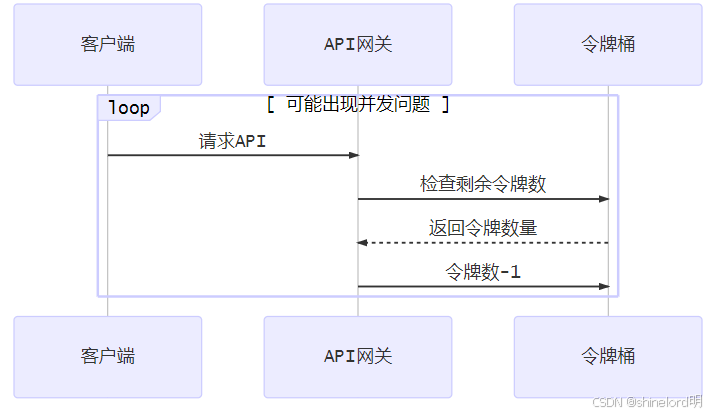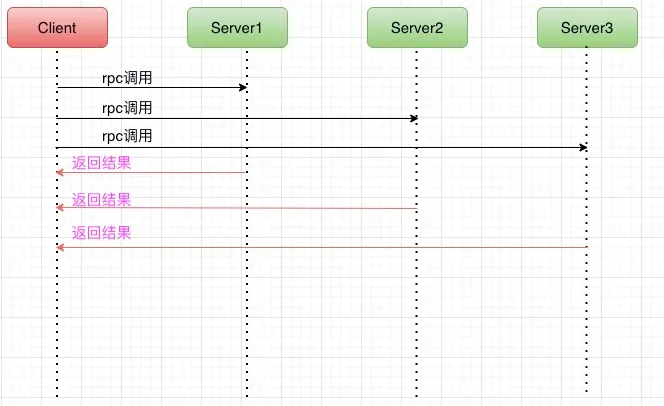安装qemu-system-aarch64
创建sda.qcow2 虚拟磁盘
运行命令启动虚拟机
sudo qemu-system-aarch64 -M virt-4.0 -m 4G -cpu cortex-a57 -bios /usr/share/qemu-efi-aarch64/QEMU_EFI.fd -cdrom ~/下载/openEuler-24.03-LTS-aarch64-dvd.iso -drive if=none,file=sda.qcow2,id=hd0 -device virtio-blk-device,drive=hd0
在系统启动入口按 ‘e’,修改启动参数,删除console=tty0,这一步是为了让虚拟机进入到字符安装界面,不删除的话,默认进图形化安装界面,而apt 下载安装的qemu-system-aarch64不支持图形化
ctrl + x 继续安装
等待字符安装界面

待除了8以外,其他项都是 [x],以后,配置完成,输入:b 启动安装

可参考文章:https://www.yjlink.cc/?id=2465
安装过程截图

Starting installer, one moment...
anaconda 36.16.5-34.oe2403 for openEuler 24.03-LTS started.
* installation log files are stored in /tmp during the installation
* shell is available on TTY2 and in second TMUX pane (ctrl+b, then press 2)
* when reporting a bug add logs from /tmp as separate text/plain attachments
08:35:34 Not asking for VNC because we don't have a network
X or window manager startup failed, falling back to text mode.
================================================================================
================================================================================
Installation
1) [x] Language settings 2) [x] Time settings
(English (United States)) (Asia/Shanghai timezone)
3) [!] Installation source 4) [!] Software selection
(Processing...) (Processing...)
5) [!] Installation Destination 6) [x] Network configuration
(Processing...) (Unknown)
7) [!] Root password 8) [!] User creation
(Root account is disabled) (No user will be created)
Please make a selection from the above ['b' to begin installation, 'q' to quit,
'r' to refresh]: 3
================================================================================
================================================================================
Installation source
Choose an installation source type.
1) CD/DVD
2) local ISO file
3) Network
Please make a selection from the above ['c' to continue, 'q' to quit, 'r' to
refresh]:
1
================================================================================
================================================================================
Installation
1) [x] Language settings 2) [x] Time settings
(English (United States)) (Asia/Shanghai timezone)
3) [!] Installation source 4) [!] Software selection
(Processing...) (Processing...)
5) [!] Installation Destination 6) [x] Network configuration
(Automatic partitioning (Unknown)
selected)
7) [!] Root password 8) [!] User creation
(Root account is disabled) (No user will be created)
Please make a selection from the above ['b' to begin installation, 'q' to quit,
'r' to refresh]: 4
================================================================================
================================================================================
Software selection
Base environment
1) [x] Minimal Install 3) [ ] Virtualization Host
2) [ ] Server
Please make a selection from the above ['c' to continue, 'q' to quit, 'r' to
refresh]: c
================================================================================
================================================================================
Software selection
Additional software for selected environment
1) [ ] Container Management 6) [ ] Scientific Support
2) [ ] Development Tools 7) [ ] Security Tools
3) [ ] Headless Management 8) [ ] Standard
4) [ ] Legacy UNIX Compatibility 9) [ ] System Tools
5) [ ] Network Servers
Please make a selection from the above ['c' to continue, 'q' to quit, 'r' to
refresh]: c
================================================================================
================================================================================
Installation
1) [x] Language settings 2) [x] Time settings
(English (United States)) (Asia/Shanghai timezone)
3) [!] Installation source 4) [!] Software selection
(Processing...) (Processing...)
5) [!] Installation Destination 6) [x] Network configuration
(Automatic partitioning (Unknown)
selected)
7) [!] Root password 8) [!] User creation
(Root account is disabled) (No user will be created)
Please make a selection from the above ['b' to begin installation, 'q' to quit,
'r' to refresh]:
7
================================================================================
================================================================================
Root password
1) [ ] SM3 encrypt
Please make a selection from the above ['c' to continue, 'q' to quit, 'r' to
refresh]: c
================================================================================
================================================================================
Root password
Please select new root password. You will have to type it twice.
Password:
Password (confirm):
================================================================================
================================================================================
Installation
1) [x] Language settings 2) [x] Time settings
(English (United States)) (Asia/Shanghai timezone)
3) [x] Installation source 4) [x] Software selection
(Local media) (Minimal Install)
5) [!] Installation Destination 6) [x] Network configuration
(Automatic partitioning (Unknown)
selected)
7) [x] Root password 8) [ ] User creation
(Root password is set) (No user will be created)
Please make a selection from the above ['b' to begin installation, 'q' to quit,
'r' to refresh]: 5
Probing storage...
================================================================================
================================================================================
Installation Destination
1) [x] DISK: 1024 GiB (vdb)
1 disk selected; 1024 GiB capacity; 1024 GiB free
Please make a selection from the above ['c' to continue, 'q' to quit, 'r' to
refresh]: 1
================================================================================
================================================================================
Installation Destination
1) [ ] DISK: 1024 GiB (vdb)
No disks selected; please select at least one disk to install to.
Please make a selection from the above ['c' to continue, 'q' to quit, 'r' to
refresh]: 1
================================================================================
================================================================================
Installation Destination
1) [x] DISK: 1024 GiB (vdb)
1 disk selected; 1024 GiB capacity; 1024 GiB free
Please make a selection from the above ['c' to continue, 'q' to quit, 'r' to
refresh]: c
================================================================================
================================================================================
Partitioning Options
1) [ ] Replace Existing Linux system(s)
2) [x] Use All Space
3) [ ] Use Free Space
4) [ ] Manually assign mount points
Installation requires partitioning of your hard drive. Select what space to use
for the install target or manually assign mount points.
Please make a selection from the above ['c' to continue, 'q' to quit, 'r' to
refresh]: 2
================================================================================
================================================================================
Partitioning Options
1) [ ] Replace Existing Linux system(s)
2) [x] Use All Space
3) [ ] Use Free Space
4) [ ] Manually assign mount points
Installation requires partitioning of your hard drive. Select what space to use
for the install target or manually assign mount points.
Please make a selection from the above ['c' to continue, 'q' to quit, 'r' to
refresh]: c
================================================================================
================================================================================
Partition Scheme Options
1) [ ] Standard Partition
2) [ ] Btrfs
3) [x] LVM
4) [ ] LVM Thin Provisioning
Select a partition scheme configuration.
Please make a selection from the above ['c' to continue, 'q' to quit, 'r' to
refresh]: 1
================================================================================
================================================================================
Partition Scheme Options
1) [x] Standard Partition
2) [ ] Btrfs
3) [ ] LVM
4) [ ] LVM Thin Provisioning
Select a partition scheme configuration.
Please make a selection from the above ['c' to continue, 'q' to quit, 'r' to
refresh]: c
Saving storage configuration...
Checking storage configuration...
================================================================================
================================================================================
Installation
1) [x] Language settings 2) [x] Time settings
(English (United States)) (Asia/Shanghai timezone)
3) [x] Installation source 4) [x] Software selection
(Local media) (Minimal Install)
5) [x] Installation Destination 6) [x] Network configuration
(Automatic partitioning (Unknown)
selected)
7) [x] Root password 8) [ ] User creation
(Root password is set) (No user will be created)
Please make a selection from the above ['b' to begin installation, 'q' to quit,
'r' to refresh]: b
================================================================================
================================================================================
Progress
.
Setting up the installation environment
.
Configuring storage
Creating disklabel on /dev/vdb
Creating swap on /dev/vdb3
Creating ext4 on /dev/vdb5
Creating ext4 on /dev/vdb4
Creating ext4 on /dev/vdb2
Creating efi on /dev/vdb1
...
Running pre-installation scripts
.
Running pre-installation tasks
...
Installing.



















